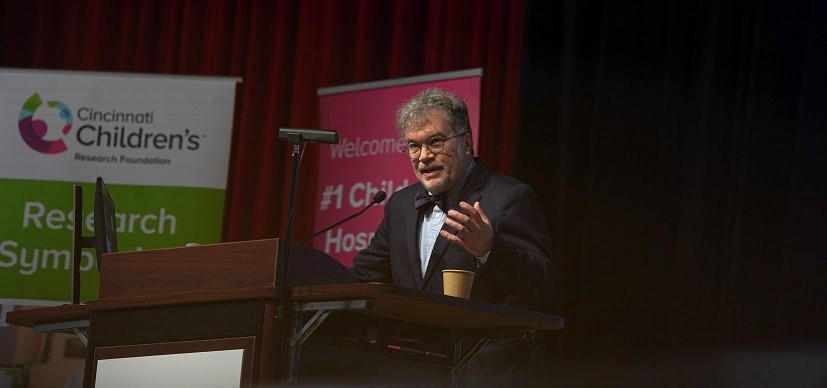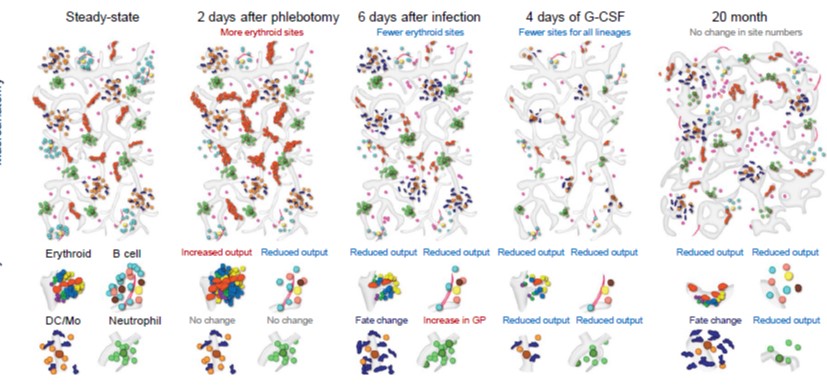Why COVID-19 Tends to be Less Severe in Young Children
Post Date: October 13, 2023 | Publish Date: Oct. 12, 2023

NIAID-supported study co-led by experts at Cincinnati Children’s finds sharply different immune responses in children vs. adults
When adults are exposed to the SARS-CoV-2 virus, they typically produce antibodies to the virus at levels that spike for a few weeks, then decline. By contrast, infants and young children exposed to the virus produce antibodies at levels that stay high for almost a year.
These findings were published in print Oct. 12, 2023, in the journal Cell in a study led by Bali Pulendran, PhD, at Stanford University, and Mary Allen Staat, MD, MPH, at Cincinnati Children’s.
The study was co-funded by the National Institute of Allergy and Infectious Diseases (NIAID), part of the National Institutes of Health.
“Our results provide reasons why children typically have less severe disease,” Staat says. “Children may have longer protection due to their antibody levels remaining high for a long time, which leads to overall lower rates of symptomatic infection compared to adults.”
Listen to Dr. Staat discussing the findings on WVXU’s “Cincinnati Edition”
In addition to the differing antibody response, children were found to have high levels of type 1 interferon in their noses—a potent antiviral cytokine in a critical location. Meanwhile, unlike adults, infected young children did not express high levels of inflammatory cytokines in their blood. This difference has implications for future vaccine research.
Much of the data analyzed in the study came from mother-child pairs who are participating in a far-reaching study led by Staat called IMPRINT. This large research project was awarded $30 million from NIAID in 2019.
The families involved have committed to an intense level of monitoring. For up to four years, families complete twice-weekly symptom surveys, send in weekly nasal swabs, and provide frequent blood samples. Researchers hope this information will shed new light on how immune protection transfers from mothers to newborns and how young children go on to build their own defenses against infectious disease.
“We appreciate the dedication the families in our Cincinnati IMPRINT Cohort have had in this study,” Staat says. “This cohort is going to give us unique and important insights into the immune responses of infectious diseases in young children as their immune systems are developing that will allow us to develop more effective vaccines and therapeutics in the future.”
Read the NIAID announcement
Read article from Stanford University
See more COVID-related science news from experts at Cincinnati Children’s:
Odds of patients with MIS-C experiencing shock have fallen (Healio)
“This may provide further evidence of the benefits of COVID-19 vaccination,” says Matthew Molloy, MD, MPH.
Source: Molloy MJ, et al. Pediatrics. 2023;doi:10.1542/peds.2023-062101.
| Original title: | Multi-omics analysis of mucosal and systemic immunity to SARS-CoV-2 after birth |
| Published in: | Cell |
| Publish date: | Oct. 12, 2023 |






